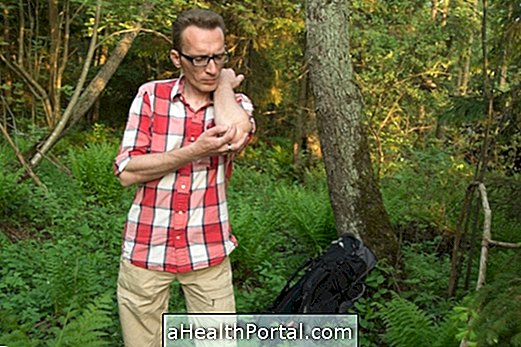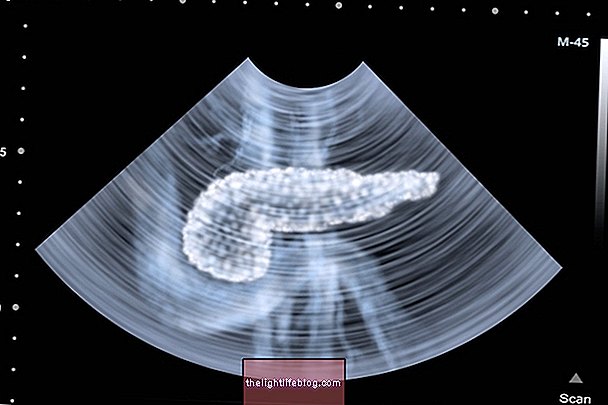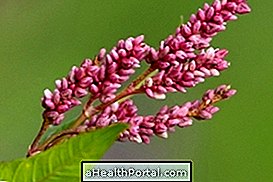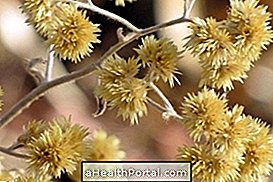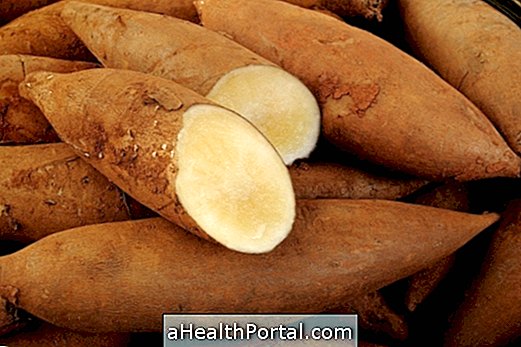The Nicotiana Glauca plant, also known as kale, fake mustard, Palestinian mustard or wild tobacco, is a toxic plant that when consumed can cause symptoms such as walking difficulties, loss of leg movements or respiratory arrest.
This plant is easily confused with the common cabbage and can be easily found in the rural area of the municipality of Divinópolis, which makes it even more dangerous, because when new can be easily confused with common plants and harmless. This plant can be especially dangerous for those who live and work in the field, having in its composition anabasin, a substance highly toxic to the body.
Main Symptoms of Poisoning
After ingesting this plant arise, symptoms of intoxication generally appear which include:
- Nausea;
- Vomiting;
- Diarrhea;
- Difficulty walking;
- Paralysis in the legs;
- Difficulty breathing and respiratory arrest.
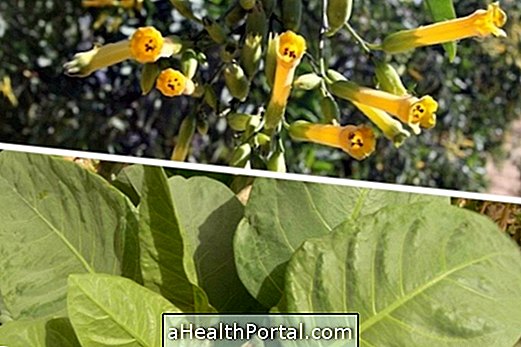
In the presence of any of these symptoms it is recommended to go to the hospital as soon as possible, because in the most severe cases poisoning with this plant can lead to death.
Why is it toxic?
This plant is toxic to the body because it has in its composition Anabasin, a toxic substance used in insecticides.
Although this plant belongs to the family of the tobacco plant, it does not contain Nicotine in its composition and is therefore not used in the production of tobacco.
How To Identify This Poisonous Plant
To identify this deadly plant it is important to be aware of its characteristics that resemble those of cabbage, which include:
- When nova is small, having a stem and some leaves;
- Leaves green, large and broad, slightly pointed;
- When adult it looks like a bush, owning long stems;
- Yellow cone-shaped flowers.
This plant represents a greater danger when it is new and small, because it is at this stage that can be easily confused with the common cabbage. However, in adulthood it remains dangerous and toxic to the body, and should not be consumed or ingested.




